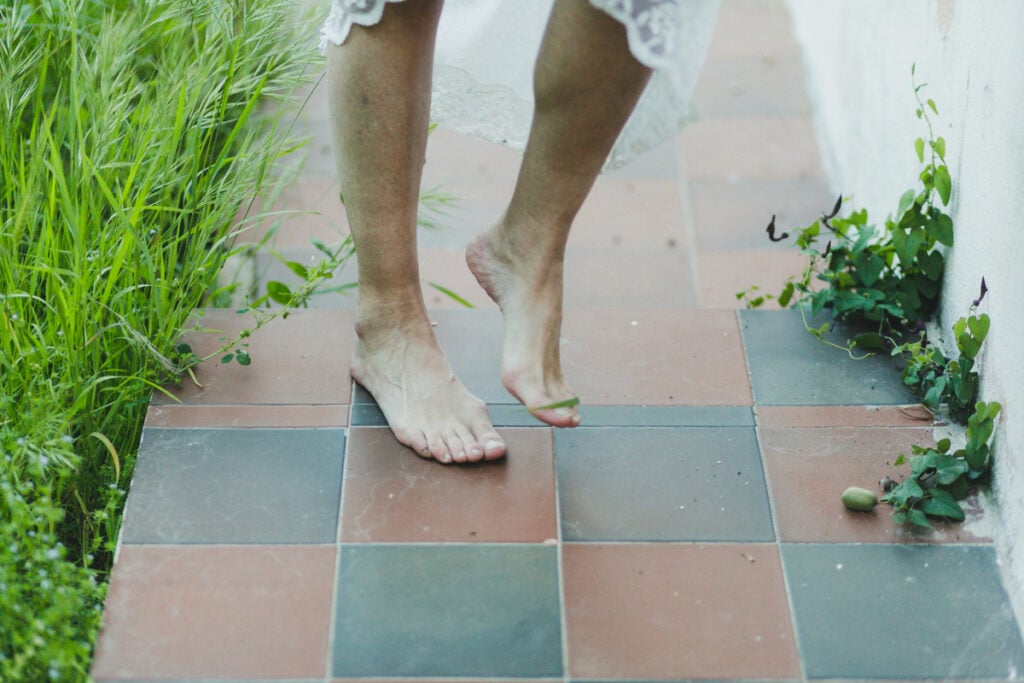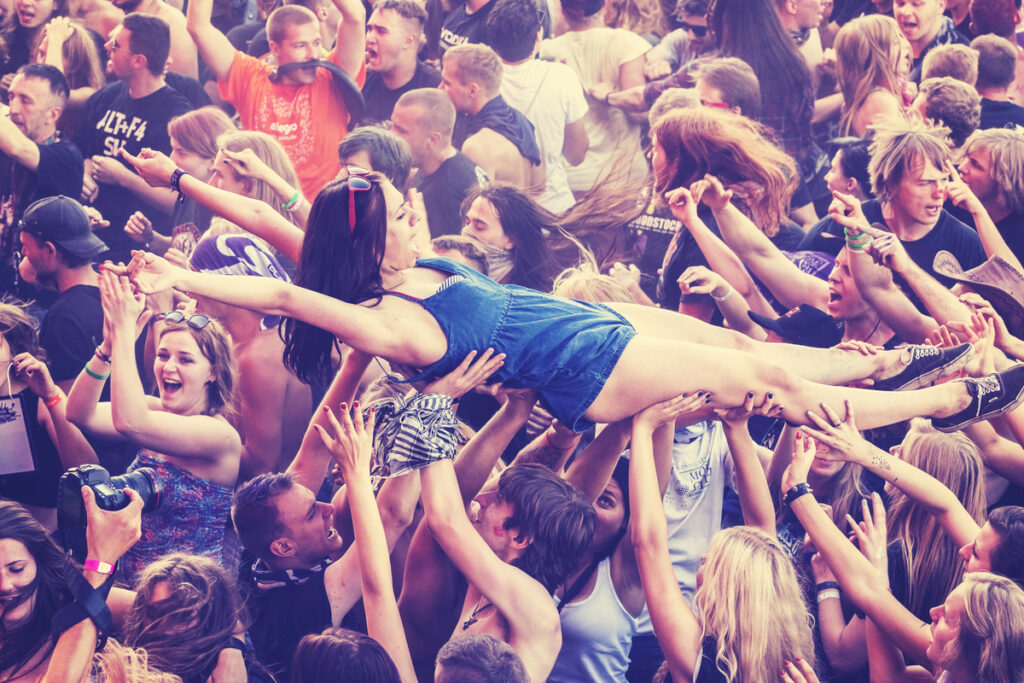15 Indicators That Proclaim “You Were a Hippie in the 60s”
The 1960s represented a time of significant counterculture movements, with the hippie subculture emerging as a symbol of peace, love, and freedom. From their style choices to their lifestyles and philosophies, hippies made a lasting impact on society. Here are 15 indicators that declare, “You were a hippie in the ’60s.”
Natural Textiles

By adopting eco-conscious and sustainable practices, hippies preferred garments made from natural textiles such as cotton, linen, and hemp. These fabrics mirrored their bond with the earth and their dedication to environmental preservation.
Going Barefoot or Wearing Sandals

By shunning traditional footwear, hippies frequently went barefoot or donned sandals, seeking a closer connection to nature and a feeling of liberation. Earthy, handmade sandals crafted from leather or woven materials were favored options.
Long, Flowing Locks

Hippies celebrated long, natural hair as a defiance of societal expectations and an embrace of individuality. Both men and women allowed their hair to grow freely, often embellishing it with flowers or colorful scarves.
Peace Symbol Accessories

The peace symbol, with its straightforward yet impactful design, evolved into a global emblem of the anti-war movement and the hippie culture. Necklaces, earrings, and bracelets featuring peace symbols were worn as expressions of solidarity and a yearning for peace.
Bell-Bottom Trousers

Distinguished by their flared hems, bell-bottom trousers were an essential part of hippie fashion, providing a free-spirited and bohemian appearance. Combining them with airy tops or fringed vests completed the classic hippie look.
Tie-Dye Attire

Tie-dye became emblematic of the hippie era, with vivid hues and complex designs embellishing outfits, from T-shirts to dresses. The DIY tie-dye technique permitted individuals to showcase their creativity and reject conventional fashion standards.
Eastern Spirituality

Influenced by philosophies and spiritual practices from the East, many hippies turned to meditation, yoga, and Buddhism as tools for achieving enlightenment and inner tranquility.
Woodstock

The Woodstock Music & Art Fair, held in 1969, epitomized the essence of the hippie movement, uniting hundreds of thousands of individuals for three days filled with music, love, and peace. It continues to be one of the most memorable events in music history.
Peaceful Protests

Hippies took a leading role in peaceful demonstrations and protests, championing civil rights, environmental conservation, and opposition to the Vietnam War. Their dedication to nonviolent activism inspired change and questioned the established norms.
VW Microbus

The Volkswagen Microbus, renowned for its distinctive design and roomy interior, became a symbol of the hippie culture and a cherished vehicle for road trips and music festivals.
Hippie Communes

Eschewing conventional ideas of property and ownership, hippies established communes where they lived together, sharing resources and responsibilities. These intentional communities promoted cooperation and a sense of belonging.
Headbands and Bandanas

Headbands and bandanas, frequently decorated with elaborate patterns or tie-dye styles, served both as fashionable accessories and practical items to keep hair away from the face during outdoor events and festivals.
Back-to-the-Land Movement

As part of a larger back-to-nature initiative, many hippies aimed to live sustainably, cultivating their food, engaging in eco-friendly agricultural practices, and existing in harmony with the environment.
Free Love

In opposition to conventional ideas of monogamy and sexual ethics, hippies embraced the idea of free love, promoting sexual freedom and the ability to explore relationships without societal limitations.
Psychedelic Art

Psychedelic art, distinguished by its bold colors, swirling designs, and surreal imagery, mirrored the psychedelic experiences commonly linked with hippie culture. Posters, album covers, and murals showcased psychedelic art as a visual embodiment of the period’s psychedelic music and drug lifestyle.
Related: 15 Clever Hacks To Reduce That Never-Ending Grocery Bill

Managing grocery expenses can be challenging for many households, especially with rising food costs and fluctuating budgets.
However, with some creativity and resourcefulness, you can implement numerous clever hacks to reduce your never-ending grocery bill without sacrificing the quality or variety of your meals.







